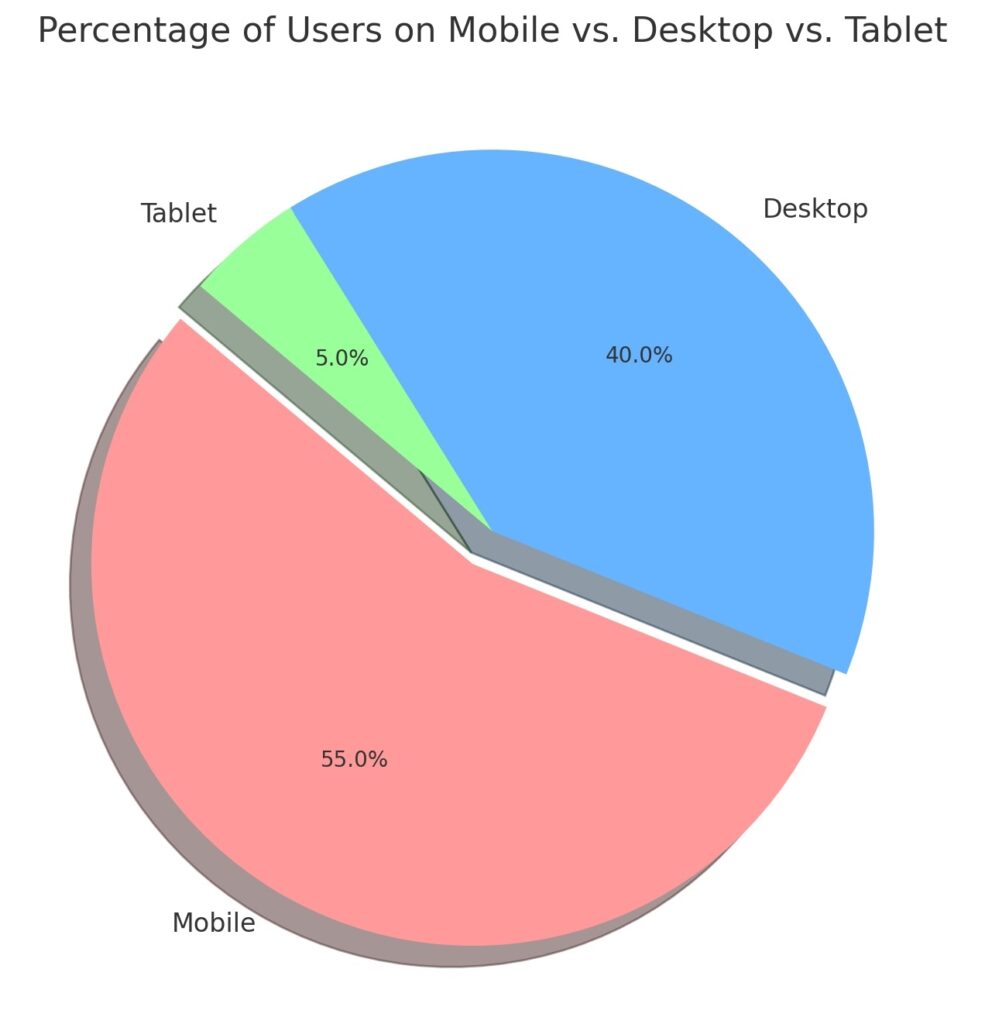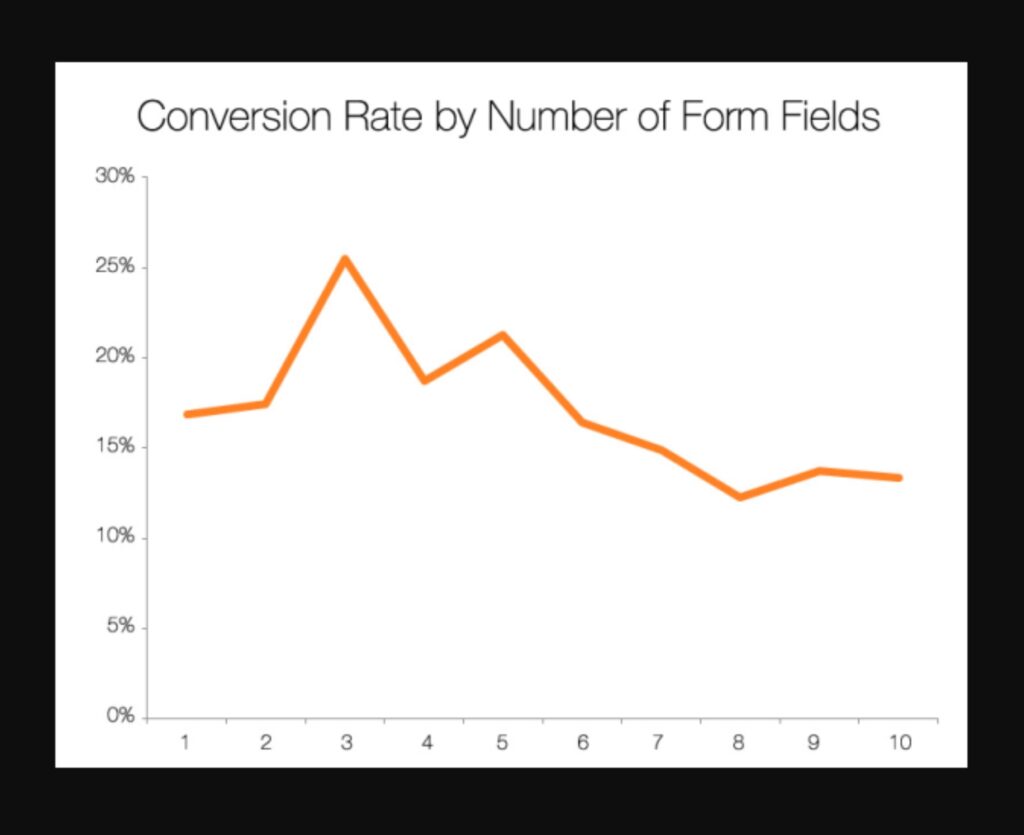Introduction
Creating a website that not only looks great but also drives conversions is crucial for any business. A high-converting website design turns visitors into customers, helping your business grow. See how Tapitytap.com implements these factors on our What we do page.
Below are the 10 essential elements that every high-converting website should have.
1. Responsive Design
Why It Matters
With over half of web traffic coming from mobile devices, a responsive design ensures your website looks and functions well on all devices, including desktops, tablets, and smartphones.
Key Tips
- Use a flexible grid layout.
- Test your website on various devices and screen sizes.
Infographic: A pie chart showing the percentage of users on mobile vs. desktop, emphasizing the importance of responsive design.

2. Clear and Compelling Call-to-Action (CTA)
Why It Matters
Your CTA is what guides visitors to take action, whether it’s making a purchase, signing up for a newsletter, or downloading a resource. A well-placed and clearly defined CTA can significantly increase your conversion rates.
Key Tips
- Use action-oriented language.
- Make the CTA button stand out with contrasting colors.

3. Fast Loading Speed
Why It Matters
A slow website can frustrate visitors and increase bounce rates. Google also considers loading speed as a ranking factor, so a faster site can improve both user experience and SEO.
Key Tips
- Compress images and use efficient coding practices.
- Utilize a content delivery network (CDN) for faster global load times.

4. Intuitive Navigation
Why It Matters
Easy-to-use navigation helps visitors find the information they’re looking for quickly, reducing frustration and increasing the likelihood of conversions.
Key Tips
- Keep the navigation menu simple and organized.
- Include a search bar for easy access to content.

5. Engaging Visual Content
Why It Matters
High-quality images, videos, and infographics not only capture attention but also help convey your message more effectively, leading to higher engagement and conversions.
Key Tips
- Use professional images and videos that reflect your brand.
- Incorporate infographics to simplify complex information.

Infographic: A visual representation of the types of content that drive the most engagement.
6. Trust Signals
Why It Matters
Trust signals, such as testimonials, reviews, and security badges, reassure visitors that your website is credible and trustworthy, making them more likely to convert.
Key Tips
- Display customer reviews and testimonials prominently.
- Include trust badges like SSL certificates and payment security icons.

7. Simplified Forms
Why It Matters
Complex or lengthy forms can deter users from completing them. Simplifying your forms increases the chances of users submitting their information, thus boosting conversions.
Key Tips
- Keep forms short and only ask for essential information.
- Use multi-step forms for a more user-friendly experience.

8. Clear Value Proposition
Why It Matters
Your value proposition is what sets you apart from competitors. It clearly communicates the benefits of your product or service, convincing visitors why they should choose you.
Key Tips
- Place your value proposition prominently on the homepage.
- Use concise and compelling language.

9. SEO Optimization
Why It Matters
An SEO-optimized website ranks higher in search engines, making it easier for potential customers to find you. This increases traffic, and with the right design, conversions.
Key Tips
- Use relevant keywords in your content and meta tags.
- Optimize images with alt text and descriptive filenames.

10. Social Proof
Why It Matters
Social proof, such as user-generated content, social media mentions, and customer reviews, helps build trust and influence potential customers’ buying decisions.
Key Tips
- Showcase user reviews and ratings.
- Display social media feeds and share buttons.
Conclusion
A high-converting website design is more than just aesthetics; it’s about creating an intuitive, engaging, and trustworthy experience for your visitors. By incorporating these 10 essential elements, you’ll be well on your way to increasing conversions and driving business growth. Evaluate your current website against these elements and see where you can make improvements to enhance performance.

